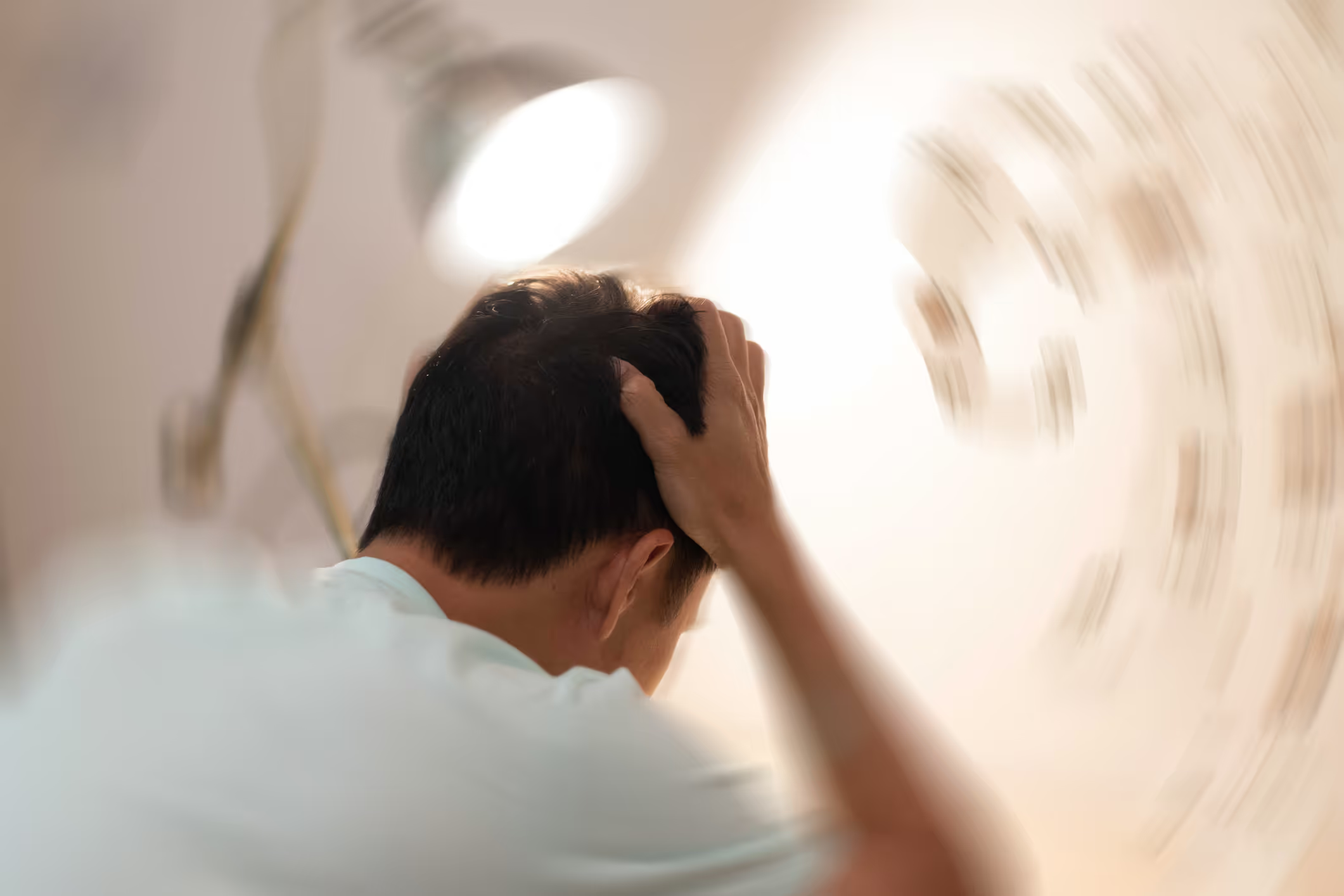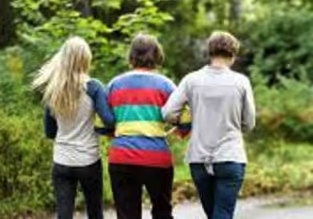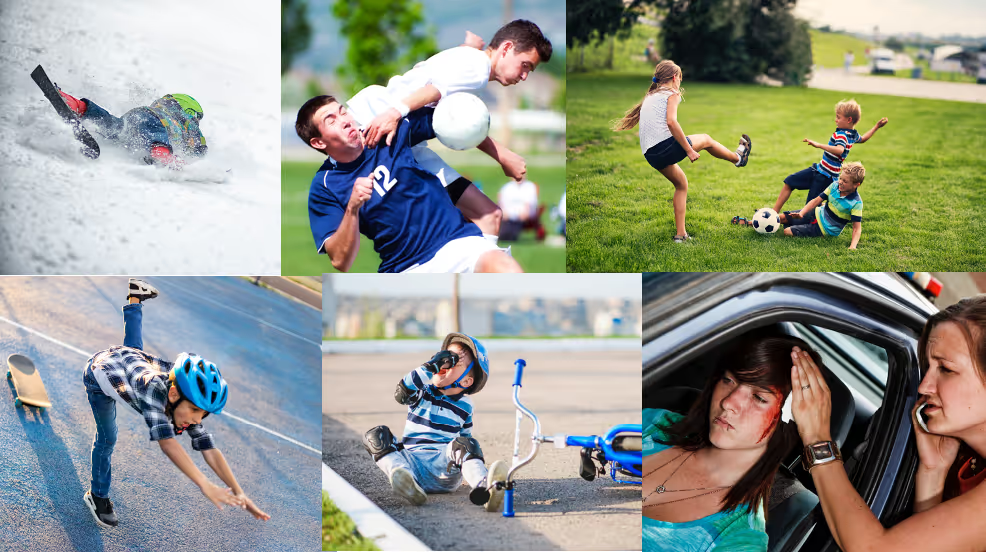Better quality of life after rehabilitation
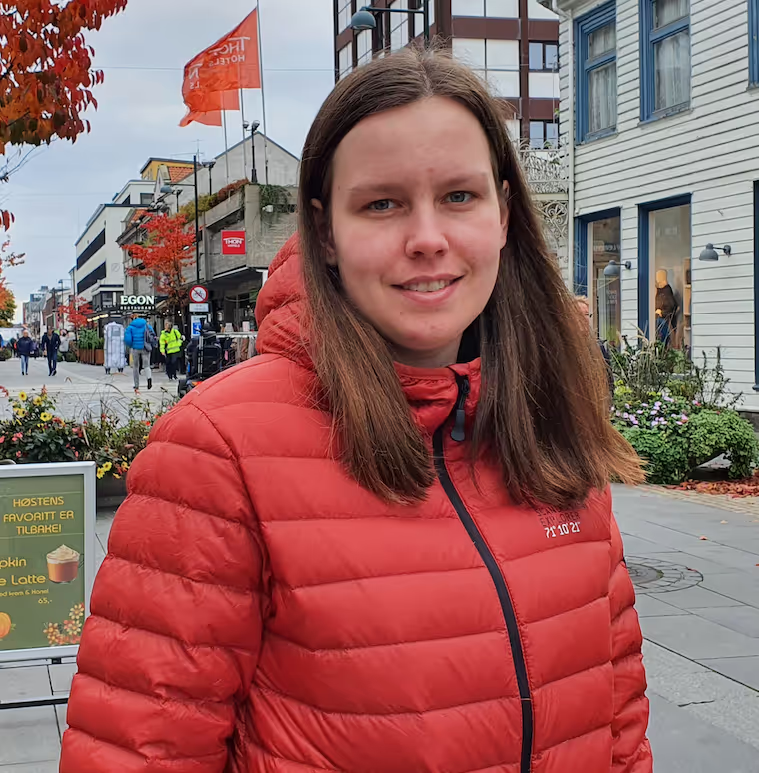
- The treatment at Brain Camp has given me better capacity in everyday life," says 22-year-old Hanna Holmøyvik Starheim, who is struggling with chronic concussion after falling on the slalom slope.
- I'd like to explain the treatment I've received as brain training. It's not physical exercises like at the gym, but exercises that are repeated in everyday life. It's all about coordination and visual perception and they are specially adapted to my needs," explains Hanna Holmøyvik Starheim (22).
Better everyday life
Since she started the treatment a year and a half ago, she has improved her health and everyday life.
It was in March 2021, when Hanna was standing on the slalom slope with her friends at the folk high school she attended, that she ended up with a long-term concussion.
- "I got a bit too much speed, fell backwards on a bump and hit my head on the ice. I don't really remember what happened after that, I was gone for a while," says the slalom enthusiast.
She was picked up on the ground by the ski patrol and with blue sirens, an ambulance was quickly dispatched to the nearest hospital.
- "I was checked for a brain hemorrhage and things like that, and they found that it was a severe concussion. I came home after a short time in hospital," she says.
Nevertheless, the concussion would prove to be difficult to get rid of.
Concussion 8 times
- I have a lot of experience with concussion because I've had it 8 times before in my life, but it was the first time I got a concussion when I was skiing. My mom and I know the procedures around this and know I have to take it easy afterwards. This time it hurt more intensely. Eventually, I felt ready to get some fresh air and go for a walk, but it didn't work out. I was lying in bed with pain all over my body and mostly in my head. And it's been like that ever since, my whole body feels exhausted," says the 22-year-old, who has also struggled with migraines for many years.
Hanna visited a neurologist at a local hospital and was told that the symptoms are something she has to learn to live with. She thought this was a tough message to receive.
- I felt both frustrated and angry when I got the news. Should I live with so much pain for the rest of my life and be dependent on Nav and my bed, the 22-year-old wondered, and says she was at a low point both physically and mentally.
Every patient is special
Then she got to know the treatment program at Brain Camp in Kristiansand, through a medical specialist.
Brain Camp is a private center for the rehabilitation of children and adults with ailments resulting from neurological disease and acquired brain injury. Symptoms can vary greatly from patient to patient. Brain Camp's philosophy is based on research. By customizing treatment for each patient, there is a greater likelihood of gradually reducing symptoms and ailments.
- "I go to Kristiansand for a treatment program from Sunday to Friday. Then they test the brain and how it has progressed compared to the previous tests I did. I get new specially adapted exercises that I do for a few days. Then I test again and they adjust the exercises for me again. When I go home, I have a new program of exercises to follow for the next few months," explains Hanna.
She is happy to have found the good treatment offer that she cannot find in the public health system.
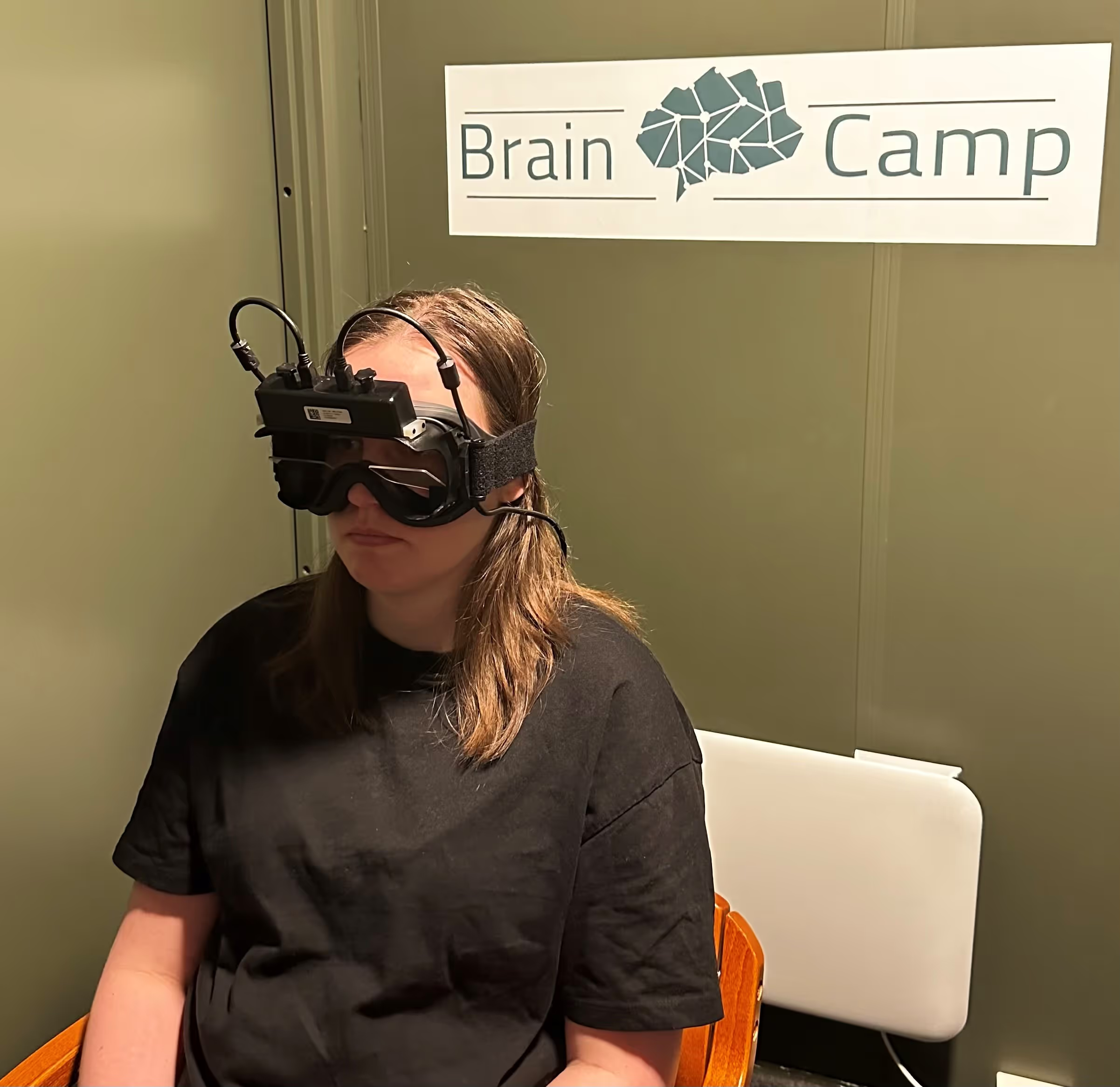
Motivated by success
- They've never promised me a "quick fix" here. There's a long way to go, but I feel progress and that motivates me. I now feel less fatigue than before. The treatment means that I can spend time with friends and attend family birthdays, for example, without having to go to bed during and afterwards because it became too much. In everyday life, it's repeating the same exercises once or twice a day, over and over again," says Starheim. She says it can be boring but that she is motivated.
- My parents pay for the treatment and chiropractor Kim Tore Johansen at Brain Camp puts a lot of work into adapting the exercises for me. I feel I'm paid well to do them and with this diagnosis it's satisfying to be able to do things and live with a little less fatigue than before," she says.
Has started to study
She has now started studying occupational therapy at NTNU in Trondheim and thinks it's going well.
- I don't yet feel like a normal student like the others, but I've got a life. It takes time, and I hope I'll be able to have a life where I'm more functional. I think I've gotten so much out of these months of treatment," says Hanna. She loves physical exercise, hiking in the mountains and hunting in Nordfjord, where she comes from. She hopes that in time she will be able to resume these activities.
Brain Camp in Kristiansand believes that many people with head injuries can have a better life.
- There is hope for many patients to get better. Even for those who have been ill for many years," says Kim Tore Johansen at Brain Camp. He is a chiropractor and further educated in neuroscience and neurological rehabilitation in the USA.
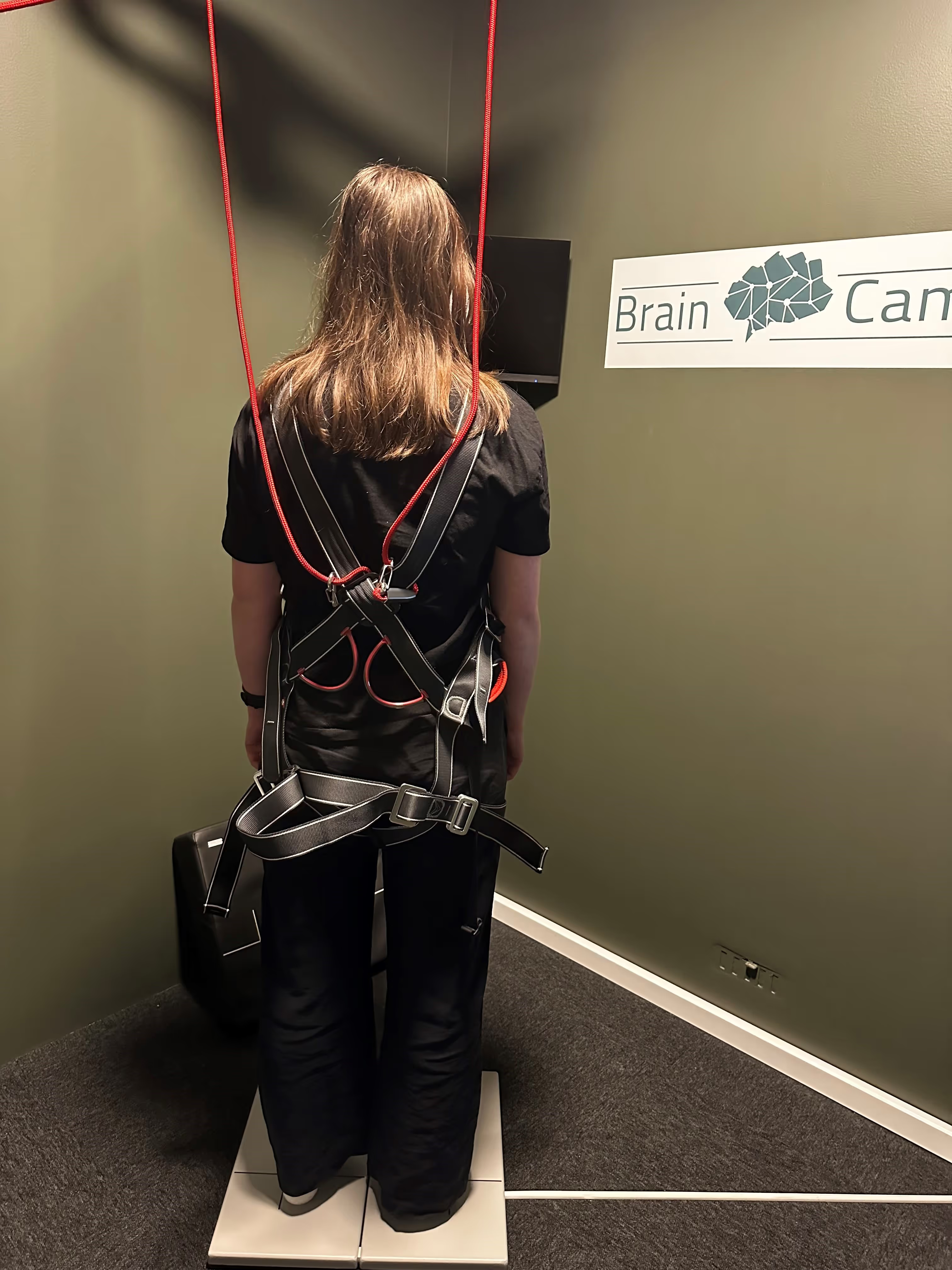
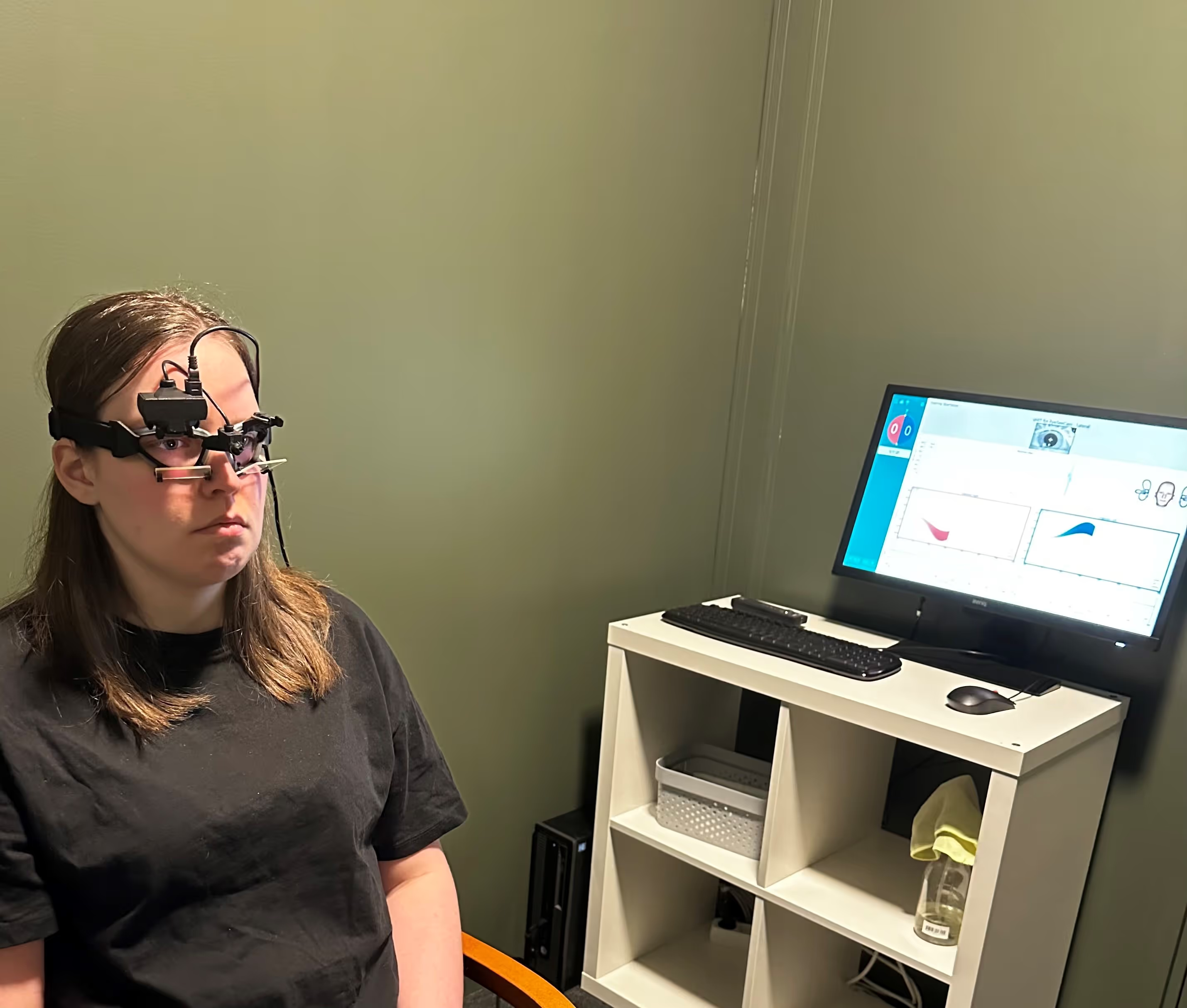
Training the brain
Johansen says the key to the treatment program at Brain Camp is to tailor the neurological rehabilitation to each patient.
- For patients like Hanna, who has a chronic concussion and has suffered from it for several years, it is still possible to get help. By tailoring exercises that, among other things, help the brain to coordinate and process sensory impressions more smoothly, we can train the brain and nervous system to tolerate more physical, cognitive and social activity. We re-evaluate the effect of the exercises and fine-tune the exercises according to how the tests change, and see that we manage to influence the brain's ability to function better," says Johansen.
With the help of modern technology, the treatment can be adapted with much greater precision than before.
- "Now that we can make data-based measurements of fine motor control of eye movements, balance and how the brain coordinates and processes different sensory impressions, we can adapt training programs even more. "Our basis is always careful and thorough examinations to customize the training program and the key is to follow these up with a re-evaluation so we can see how the brain responds for each individual patient," explains Johansen.
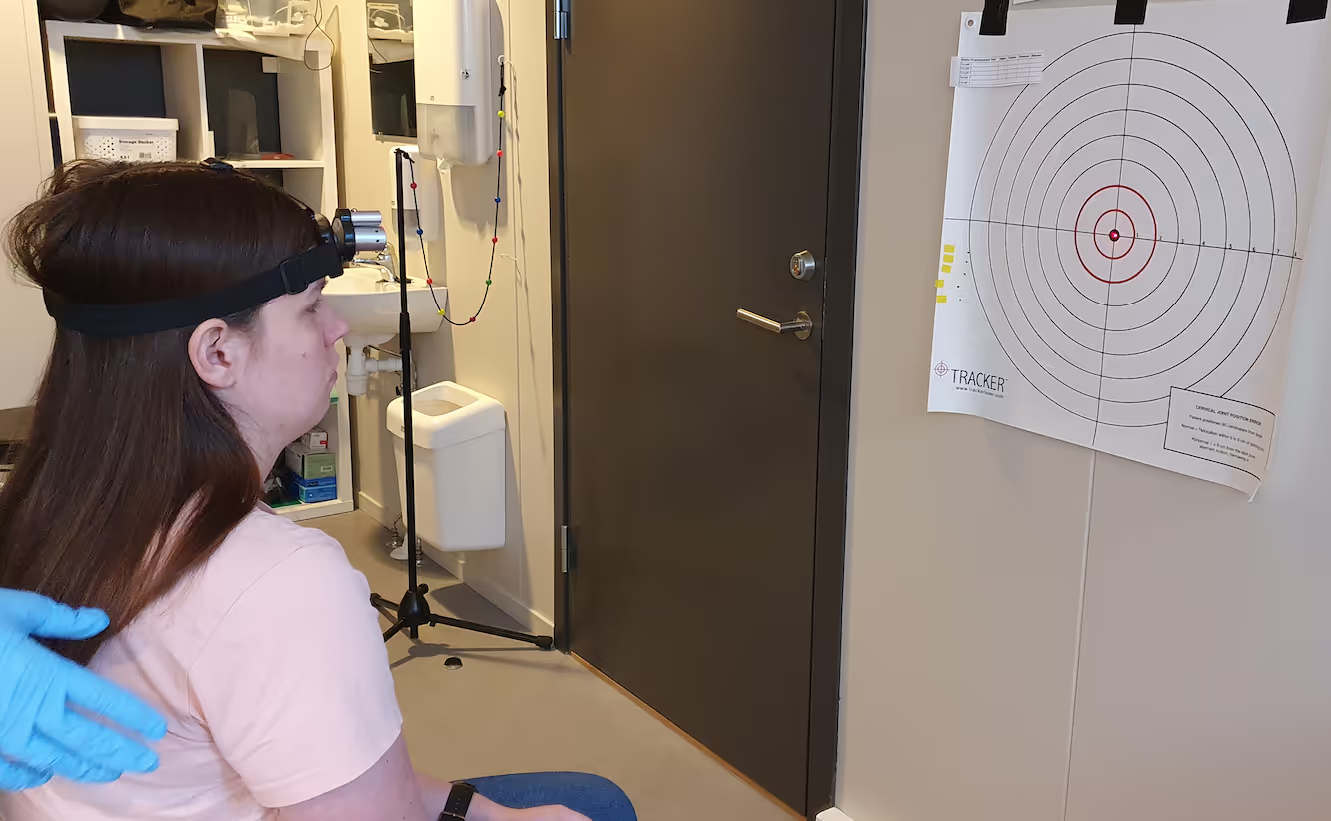
Realistic improvement
He says the exercises are well-proven rehabilitation methods that are put together into a program for the individual. Johansen specializes in patients with chronic traumatic head injuries, and also treats patients with Parkinson's disease, multiple sclerosis and children with reading and learning difficulties.
- Expectations for treatment must be realistic. "Our active treatment will not be able to cure 100 percent, but we can help train the brain's endurance to activity and sensory impressions before fatigue and symptoms are triggered," explains Johansen. He has over 15 years of experience in this work. Kim Tore Johansen himself is a former national team gymnast and has personal experience of an unknown number of concussions and injuries that he has put behind him.
- "I was bitten by the bug when it came to studying neuroscience and what works and affects disease and injury. It's really fascinating and incredible how the brain has the ability to change," says Kim Tore Johansen enthusiastically.
